Designed by James Renwick Jr. in 1858, the Second Empire-style building on the corner of Pennsylvania Avenue near the White House was the first in the United States conceived expressly as a public art museum. Renwick's elegant design, modeled on the Louvre in Paris, prompted critics to call the new gallery the "American Louvre." It was the original Corcoran Gallery of Art, founded by William Wilson Corcoran (1798-1888), who donated both the building and his collection for the noble purpose of encouraging "American genius." Over its 160-year history, the building survived expropriation during the Civil War, housed the US Court of Claims in the early 20th century, and in the 1960s was saved from demolition with the help of First Lady Jacqueline Kennedy. Since 1972, the restored building has been home to the Renwick Gallery, the craft and decorative arts program of the Smithsonian American Art Museum. Written by architectural historian Charles J. Robertson, American Louvre recounts the colorful story of this National Historic Landmark and the influential men who shaped its history: William Corcoran, a Washington banker and philanthropist who conceived the idea of a public gallery to share his collection of American and European art; James Renwick Jr. (1818-1895), the young architect whose design helped launch the French Second Empire style in the United States; and Montgomery Meigs (1816-1892), the Union Army general who took over the building during the Civil War for his Quartermaster Corps, and who left his imprint on the federal city with a legacy of buildings and a national cemetery. Lavishly illustrated, American Louvre is published on the occasion of the gallery's reopening after an extensive two-year renovation that has thoroughly updated the Renwick for 21st-century visitors. It celebrates the rich history and future of this storied building, which today, as then, is "Dedicated to Art."

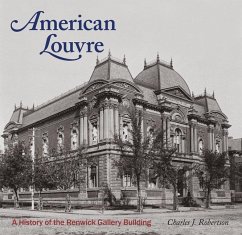
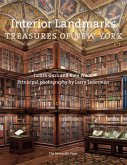
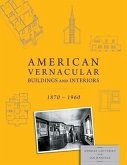
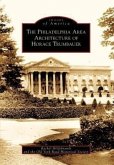
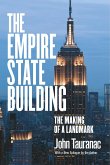

![Key Buildings of the 20th Century: Plans, Sections and Elevations [With CDROM] Key Buildings of the 20th Century: Plans, Sections and Elevations [With CDROM]](https://bilder.buecher.de/produkte/29/29337/29337203m.jpg)
